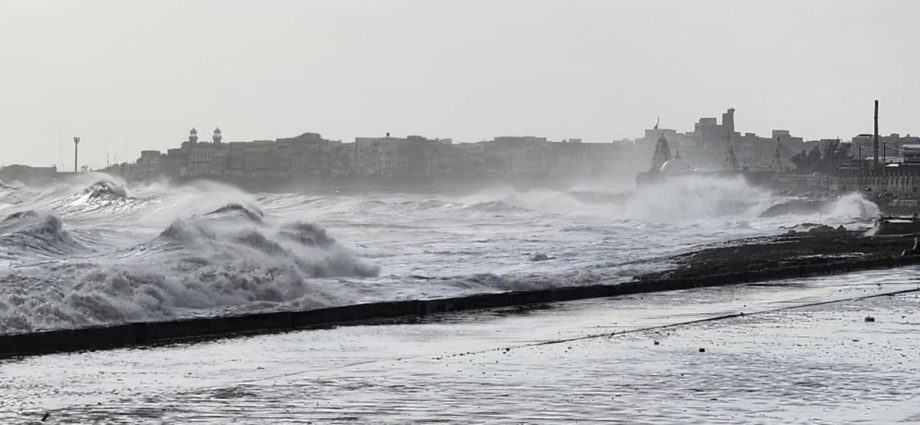
In Pakistan, Sherry Rehman, minister for climate change and environmental coordination, said that all relevant departments of Sindh and Balochistan provinces have been placed on high alert. Pakistan’s Civil Aviation Authority asked airport officials to immediately take steps to ensure the safety of aircraft and cargo.
Biparjoy is the first severe cyclone to hit Pakistan since the devastating floods last year left 1,739 people dead and US$30 billion in losses.
Experts say climate change is leading to an increase in cyclones in the Arabian Sea region, making preparations for natural disasters all the more urgent.
“The oceans have become warmer already on account of climate change,” said Raghu Murtugudde, Earth system scientist at the University of Maryland. He said a recent study shows that the Arabian Sea has warmed up by almost 1.2 degrees Celsius since March this year, making conditions favourable for severe cyclones.
A 2021 study found that the frequency, duration and intensity of cyclones in the Arabian Sea had increased significantly between 1982 and 2019, he said.
UN climate reports have also stated that the intensity of tropical cyclones would increase in a warmer climate. A report by the Intergovernmental Panel on Climate Change in 2019 found that since the 1950s, the fastest sea surface warming has occurred in the Indian Ocean.
“In the age of climate change, natural disasters such as cyclones will only increase and cannot be avoided. Better preparation and better policies especially for South Asia’s large coastal cities such as Karachi, Mumbai, Dhaka and Colombo become all the more important now and can make the difference between life and death,” said Abid Qaiyum Suleri, executive director of Islamabad-based Sustainable Development Policy Institute and a member of Pakistan’s Climate Change Council.
Cyclone Tauktae in 2021 was the last severe cyclone that made landfall in the same region. That cyclone claimed 174 lives and caused damage of more than US$1.57 billion.

